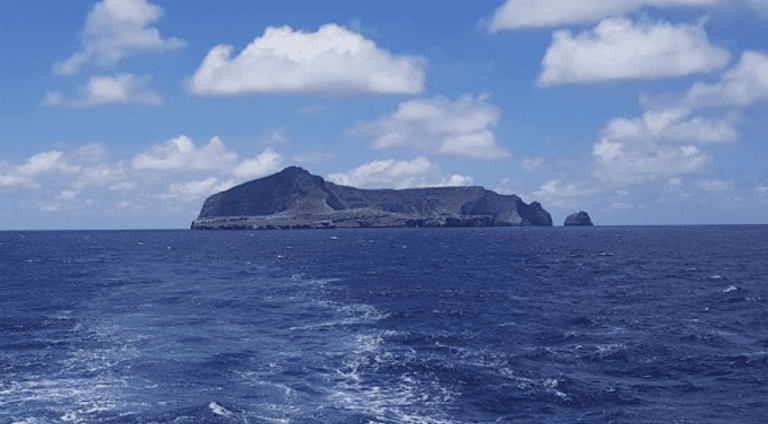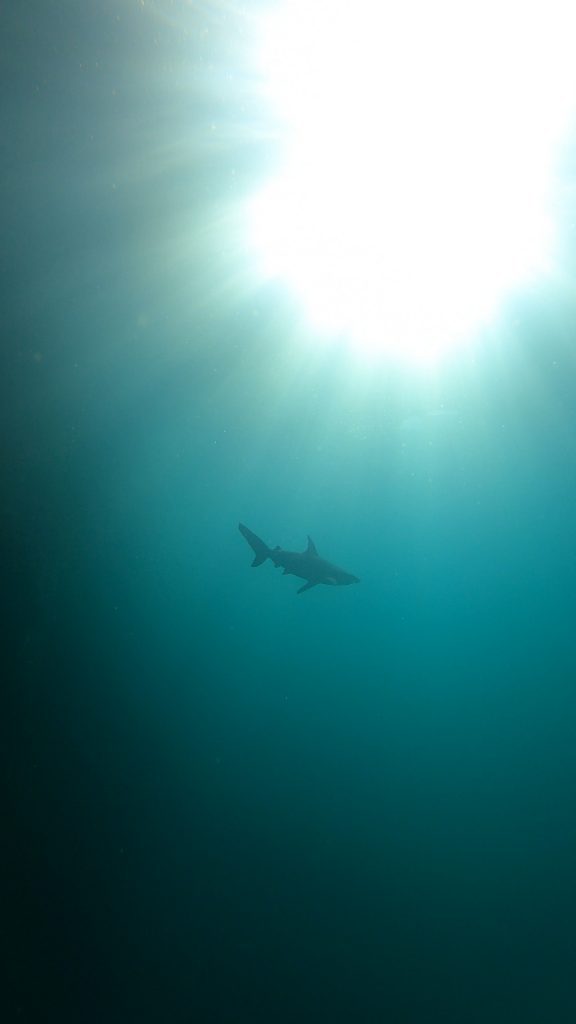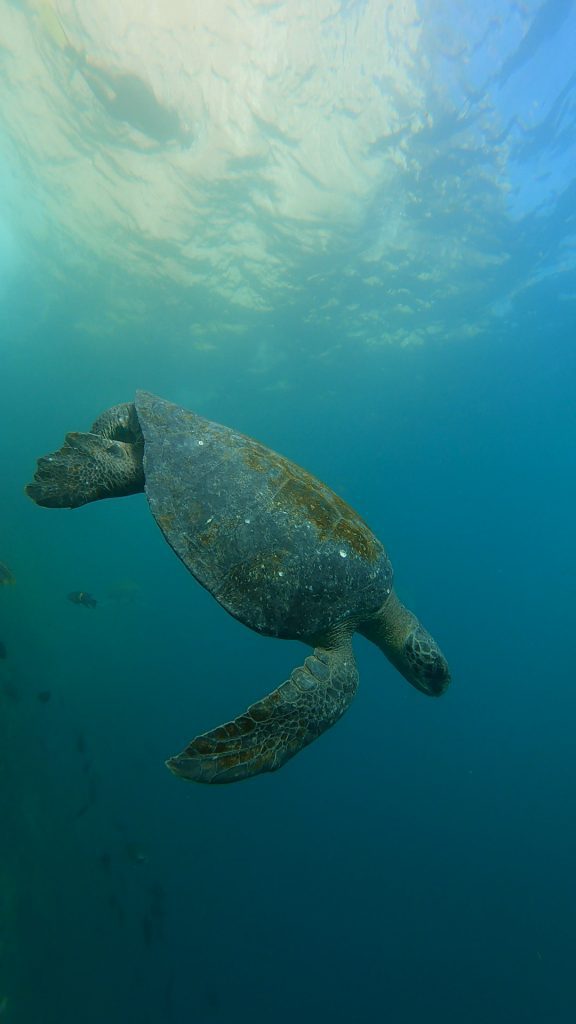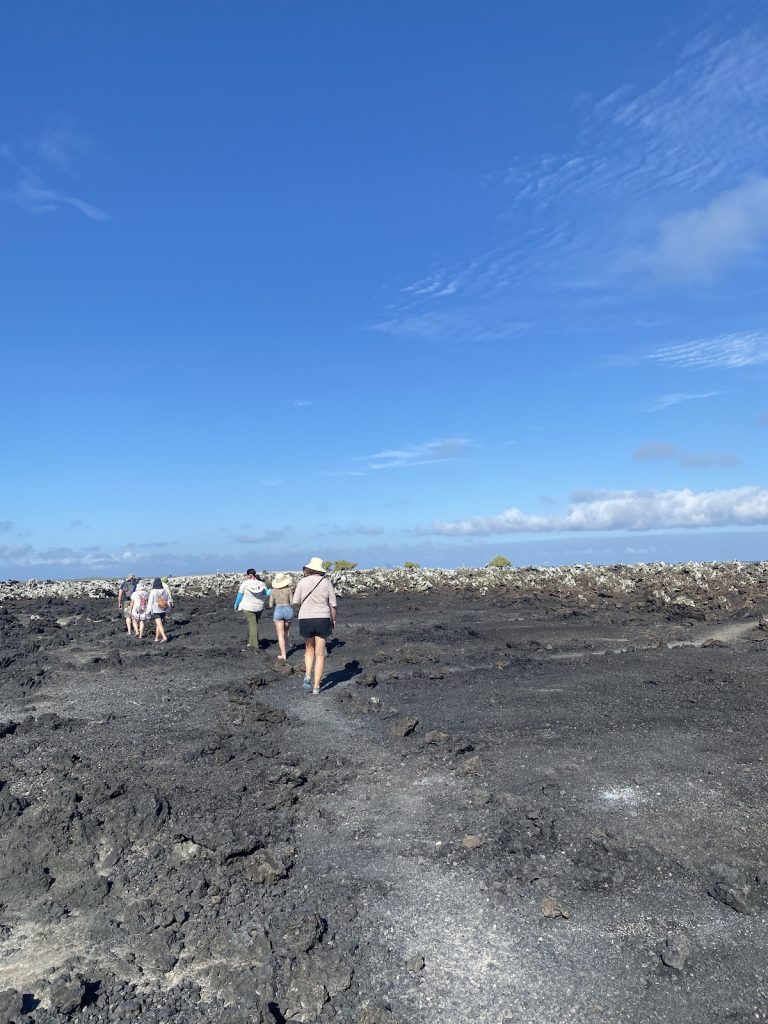Wolf Island is an uninhabited gem in the Galapagos archipelago, renowned for its stunning volcanic landscapes and thriving marine life. This remote island, along with its neighbor Darwin Island, comprises the remnants of extinct volcanoes and offers a unique adventure for nature lovers.
What truly sets Wolf Island apart is its reputation as one of the top diving destinations in the Galapagos. The waters surrounding the island are home to some of the most breathtaking underwater experiences, making it a must-visit for advanced divers seeking world-class dives. Although my wife and I didn’t dive at Wolf Island due to its challenging spots, we were fascinated by the stories and information we gathered about this remarkable place.
Many divers flock to Darwin and Wolf Islands each year, captivated by the incredible underwater scenery. From vibrant coral reefs to schools of hammerhead sharks, the marine life here is nothing short of spectacular. We heard countless accounts of the breathtaking views and exhilarating encounters that await those brave enough to explore these waters.
While we couldn’t experience Wolf Island firsthand, our research led us to understand its unique allure and the magic it holds for adventurous souls. We hope this guide provides you with a glimpse into the wonders of Wolf Island and inspires your future travels to this breathtaking part of the Galapagos!
Ready to explore the wonders of Wolf Island? Let local experts craft your Galapagos adventure with a personalized itinerary tailored just for you. Get a FREE quote today and start planning your once-in-a-lifetime dive trip!
Plan perfect trip to Ecuador & Galapagos
I spent countless hours researching everything about traveling to Ecuador, and I created this blog for fellow travel enthusiasts who want the best, most reliable information. But if you want to save time, we’ve partnered with the top local agency to plan your dream trip.
Where is Wolf Island Located?
Wolf Island is located in the northernmost remote part of the Galapagos archipelago. It is close to Darwin Island.
How to Get to Wolf Island?
Reaching Darwin and Wolf Islands is no small feat; they are among the most challenging destinations in the Galapagos due to their remote locations. Regular cruises typically don’t venture this far, meaning that the only way to experience these breathtaking islands is through a live-aboard scuba cruise.
My wife and I discovered that dedicated dive itineraries are specifically designed for Wolf and Darwin Islands. These specialized dive yachts operate trips to the islands, always accompanied by an experienced naturalist dive guide. We found the idea of exploring these underwater wonders on a dedicated dive trip thrilling, even if we weren’t diving ourselves.
It’s important to note that diving at Wolf and Darwin Islands is not for the faint-hearted. The strong currents require divers to have a certain level of expertise and experience to navigate safely. We admired the skills of those who take on this adventure, knowing that it would truly be a remarkable experience for seasoned divers.
Wolf Island History
Wolf Island is an incredible destination, formed by the peak of an extinct undersea volcano that dramatically rises from the ocean floor. As we learned more about this captivating island, we discovered that it’s surrounded by a variety of dive sites, including volcanic shelves, towering cliffs, and intriguing underwater caves. These features create a vibrant habitat, teeming with a diverse range of marine life.
Interestingly, Wolf Island was named after the German geologist Franz Theodor Wolf, who dedicated many years to studying the unique geology of the Galapagos Islands. It’s fascinating to think about how much this area has contributed to our understanding of volcanic activity and marine ecosystems, adding another layer of appreciation to the natural wonders of the Galapagos.
Wolf Island’s Marine Life
Wolf Island is truly a marvel, rich with breathtaking marine life that thrives in its waters. The cold currents that flow through this region create an inviting environment for a variety of fascinating species, including sharks, whales, and more.
During our research, we learned that divers often spot Galapagos sharks, white-tipped sharks, and even the majestic hammerhead sharks here. It’s thrilling to think about encountering such magnificent creatures! The waters are also home to several types of rays and graceful sea turtles, adding to the vibrant underwater scene.
However, it’s important to note that the remote location of Wolf Island makes these waters particularly vulnerable to illegal fishing. To combat this issue and protect the precious marine life, the Galapagos National Park Authority established a floating station on Wolf Island in 2008. This station plays a crucial role in patrolling and safeguarding this vital maritime ecosystem, ensuring that future generations can experience its wonders just as we hope to one day.
Wolf Island Dive Sites
Wolf Island has no landing sites, but it compensates with a diverse array of fantastic dive locations.
Shark Bay
Shark Bay is a renowned hotspot for diving enthusiasts, where you can witness big schools of Scalloped Hammerheads, Silky sharks, and even Galapagos sharks in their natural habitat. The thrill of seeing these majestic creatures swimming gracefully is something my wife and I hope to experience firsthand one day.
The strong water currents in this area mean that divers need to find shelter among the underwater rocks to rest and soak in the vibrant marine life around them. It’s fascinating to think about the variety of other creatures that frequent Shark Bay, including playful dolphins, curious Galapagos sea lions, and colorful eels.
During our research, we were captivated by the thought of encountering rays, Green sea turtles, and massive schools of multicolored fish swimming alongside the sharks. Imagining the sheer diversity of life in these waters really highlights the rich biodiversity of the Galapagos, making it an unforgettable diving destination for anyone lucky enough to visit. We can’t wait to share in that adventure ourselves someday!
The Pinnacle
The Pinnacle is considered one of the most challenging dive sites in the Galapagos, and I can see why. The strong and unpredictable currents, often referred to as ‘the washing machine,’ make it a true test for even experienced divers.
Despite the challenges, those who dare to tackle this drift dive are rewarded with stunning underwater scenery. My wife and I have heard incredible stories from fellow divers about the breathtaking views of underwater caves and the chance to spot magnificent creatures like marble rays gliding gracefully through the water. The thrill of encountering various species of reef sharks adds an exhilarating element to the dive, making it a must-visit for adventure seekers.
The combination of challenge and beauty makes The Pinnacle a dive site that truly captures the spirit of the Galapagos Islands. We dream of experiencing it ourselves one day!
El Derrumbre
El Derrumbe is one of those dive spots that has always intrigued me and my wife. Located on the southeast side of Wolf Island, its name translates to “landslide,” which perfectly describes the steep slope covered in rocks and pebbles that divers navigate.
We’ve heard from friends who’ve dived there that the experience is nothing short of spectacular. Divers often encounter schools of hammerhead and Galapagos sharks, with the thrilling chance of spotting an occasional whale shark gliding by. Just imagining the sight of these majestic creatures in their natural habitat sends chills down my spine. The underwater landscape, combined with the possibility of such incredible marine life, makes El Derrumbe a must-visit for anyone looking to dive in the Galapagos. I can’t wait until we can experience it for ourselves!
Have questions about your upcoming Galapagos trip? Join my Galapagos Reddit community and ask other travelers who recently visited the islands. Get up-to-date tips, real experiences, and honest advice from other travelers (I ban tour agencies and resellers).
The Anchorage
Wolf Island’s Anchorage is a spot that really excites my wife and me, especially when we think about the opportunity for night diving. It’s known for its depths reaching around 70 feet, and the usually mild current makes it accessible for divers like us who are eager to explore after sunset.
What truly captivates me is the chance to see sharks feeding at dusk; the thought of gliding through the water with these majestic creatures is both thrilling and humbling. But the real highlight here is the Red-lipped Batfish. With its peculiar appearance, it’s definitely on our list of marine life to spot! The idea of encountering such unique species in their natural environment adds an extra layer of magic to our diving adventures in the Galapagos.
North Islet
North Islet, affectionately known as The Banana, is another dive site that intrigues my wife and me. The wall dive features an incredible array of rock formations, including caverns and tunnels, making it feel like an underwater adventure park.
We’ve heard that this spot is particularly famous for sightings of hammerhead sharks gliding gracefully through the water. Imagine sharing the ocean with these majestic creatures, alongside playful sea turtles and curious sea lions! Despite the moderate to strong currents, the thrill of exploring such a vibrant underwater world is something we can’t wait to experience. The anticipation of discovering the hidden wonders beneath the surface adds to the excitement of our diving journey in the Galapagos!
The Elephant
The Elephant dive site, situated between the southwest of Wolf Island and Elephant Rock, has captured our imagination as one of the most thrilling places to explore. This channel dive is renowned for the frequent sightings of hundreds of hammerhead sharks, which makes it a must-visit for any serious diver.
We’ve heard stories of diving here and being surrounded by not just the hammerheads but also an array of other fascinating sea creatures. The idea of encountering sea turtles gliding by, lobsters scuttling among the rocks, and colossal tuna fish darting through the water is exhilarating. The vibrant marine life in this channel adds to the allure of the Galapagos diving experience, and we can’t wait to witness this underwater spectacle for ourselves!
Dreaming of world-class diving at Wolf Island? Our trusted local partners can help you plan a seamless Galapagos journey. Request your FREE travel quote now and dive into an unforgettable underwater adventure!
When Should You Visit Wolf Island?
Depending on your weather preference, you can visit Wolf Island any time of the year, but timing can make a significant difference in your experience.
The Cool and Dry season lasts from June to November, when the cold Humboldt current from Antarctica fills the Galapagos seas with nutrient-rich waters. This is the time when whale sharks and various shark species flock to the area, drawn by the abundance of food. However, we’ve learned that the trade-off is colder water and stronger currents, which can make diving more challenging.
Alternatively, from December to May, the weather is warmer, but there may be occasional rain. While the variety of marine species might be slightly less during this time, there’s still plenty to see and enjoy.
If you’re planning to visit during the Galapagos high season, which runs from June to September and December to January, be sure to book well in advance to secure your spot for the best diving opportunities!
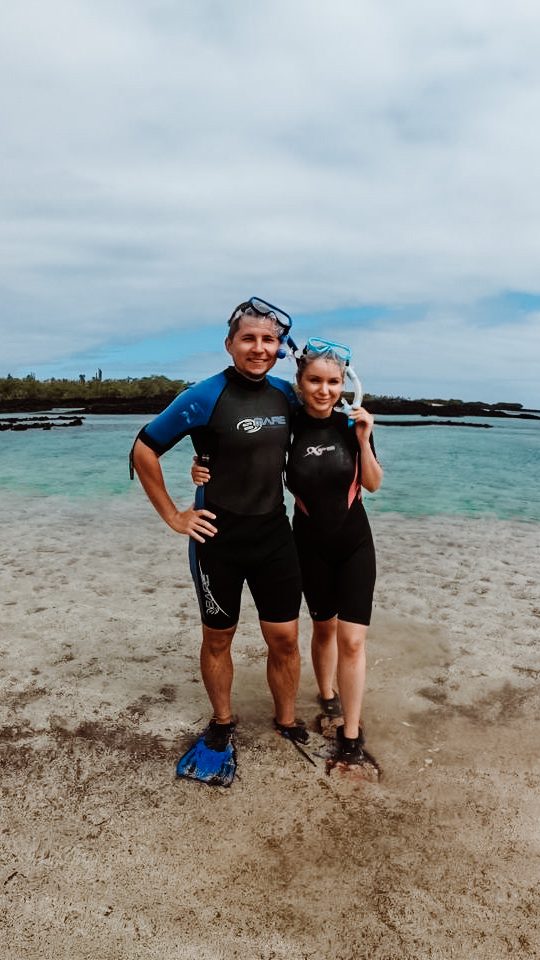
Planning trip to Galapagos Islands?
My wife and I spent two weeks on these magnificent islands, visited nearly every possible tour, and explored as much as we could. I shared all the important details in my comprehensive Galapagos Islands Travel Guide, where I cover everything you need to know about planning a trip to the Galapagos.
Galapagos Islands travel might surprise you with extra fees to enter the islands, the complicated logistics between islands, booking tours, and knowing which spots are free to explore and which ones are not. I’ve covered it all in this Galapagos Travel Guide.
Also, if you’re planning a trip to the Galapagos, make sure to use my link for discounted hotel prices via Booking.com. It really helps support my blog!
Conclusion
If you’re planning a trip to the Galapagos Islands and have a passion for diving, Wolf Island is an absolute paradise for divers. My wife and I have heard incredible things about the dive sites around Wolf Island, which promise unforgettable underwater experiences.
With its world-class dive spots teeming with vibrant marine life, Wolf Island should definitely be on your Galapagos bucket list. Whether you’re looking to swim with majestic hammerhead sharks or explore fascinating underwater landscapes, this island offers a once-in-a-lifetime adventure that you won’t want to miss!
Plan perfect trip to Ecuador & Galapagos
I spent countless hours researching everything about traveling to Ecuador, and I created this blog for fellow travel enthusiasts who want the best, most reliable information. But if you want to save time, we’ve partnered with the top local agency to plan your dream trip.

